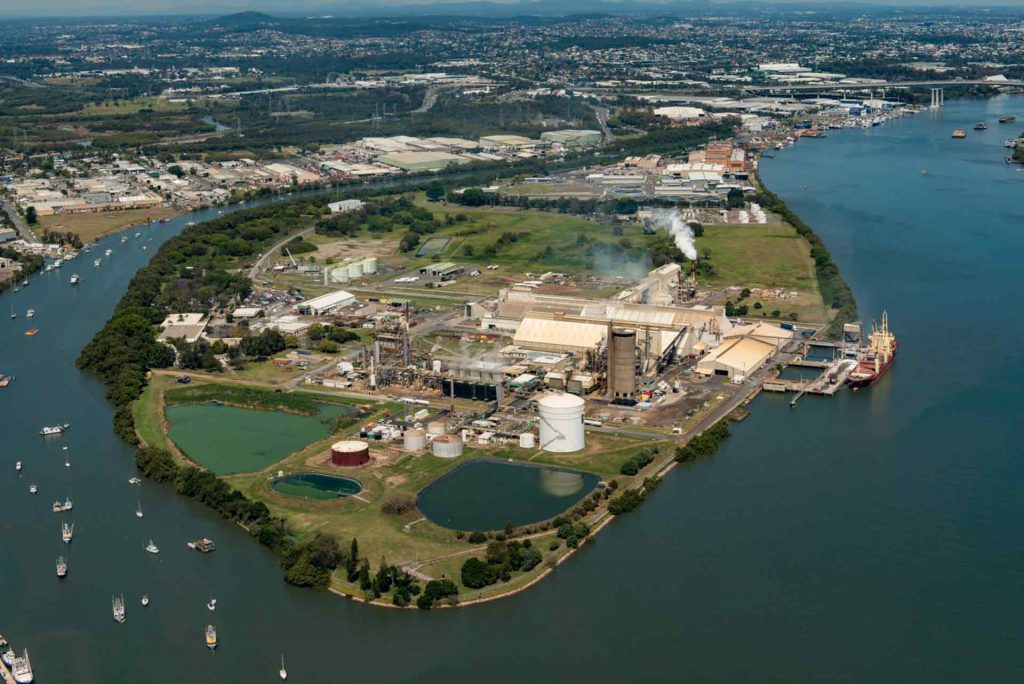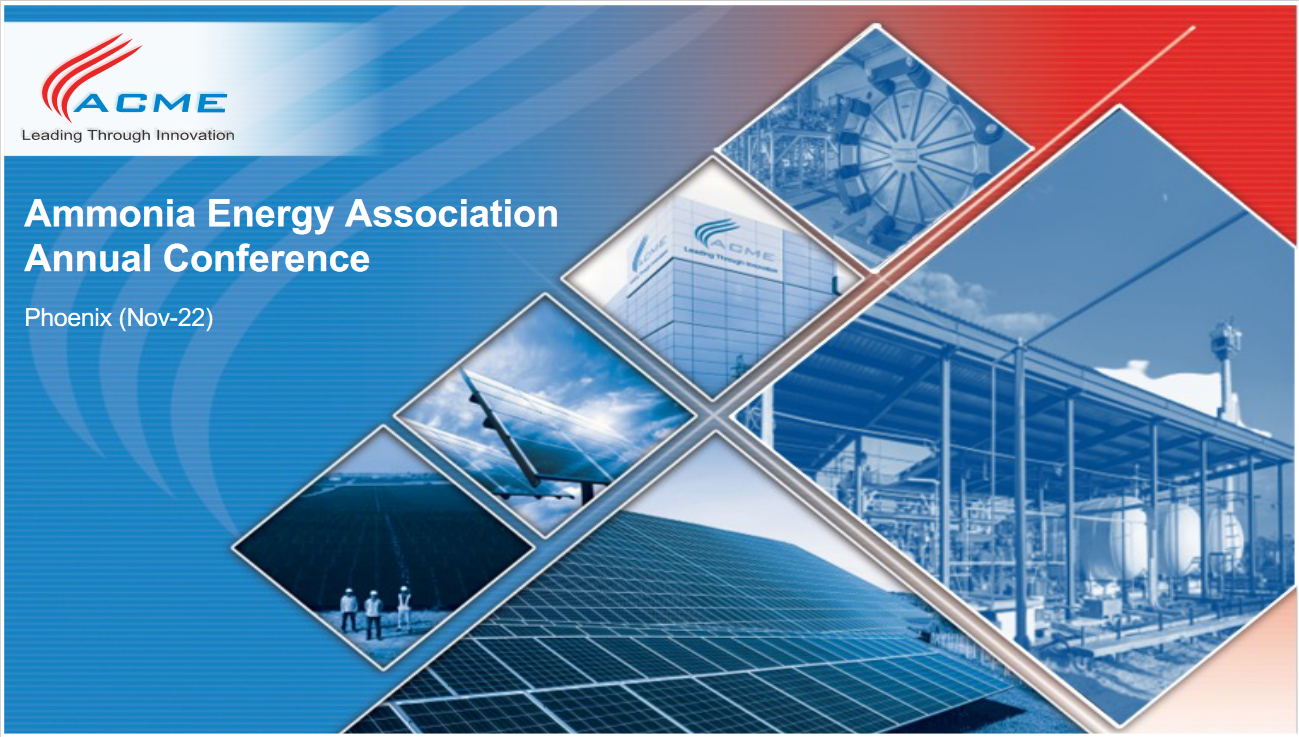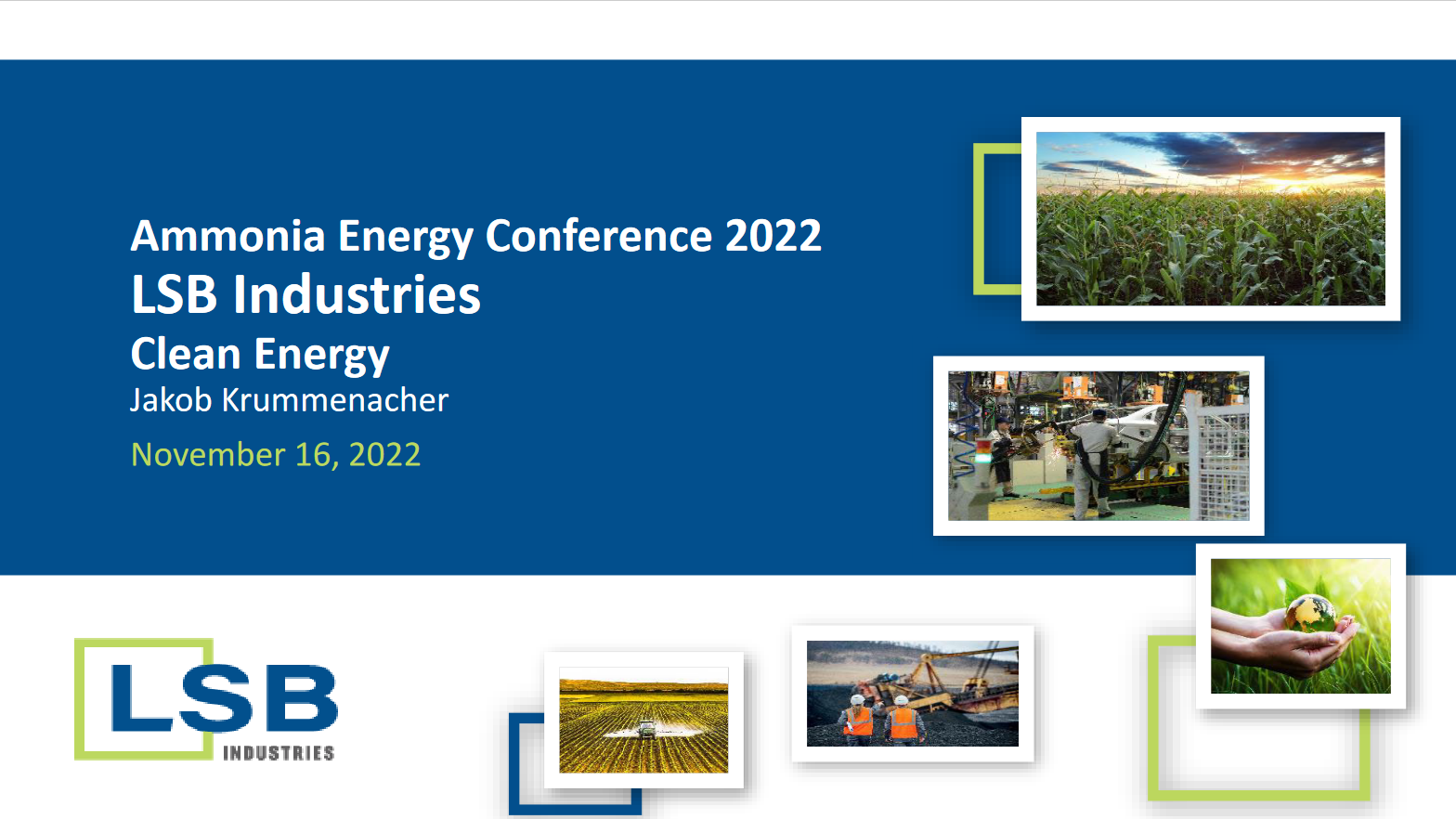European parliament votes for new renewable shipping fuel requirements
MEPs have voted to adopt the FuelEU Maritime Initiative, a suite of measures that will drive decarbonisation of shipping in the EU. From 2030, at least 2% of the yearly average energy used onboard a vessel must be met with Renewable Fuels of Non-Biological Origin, with an option to revise this requirement by 2028 at the latest.









